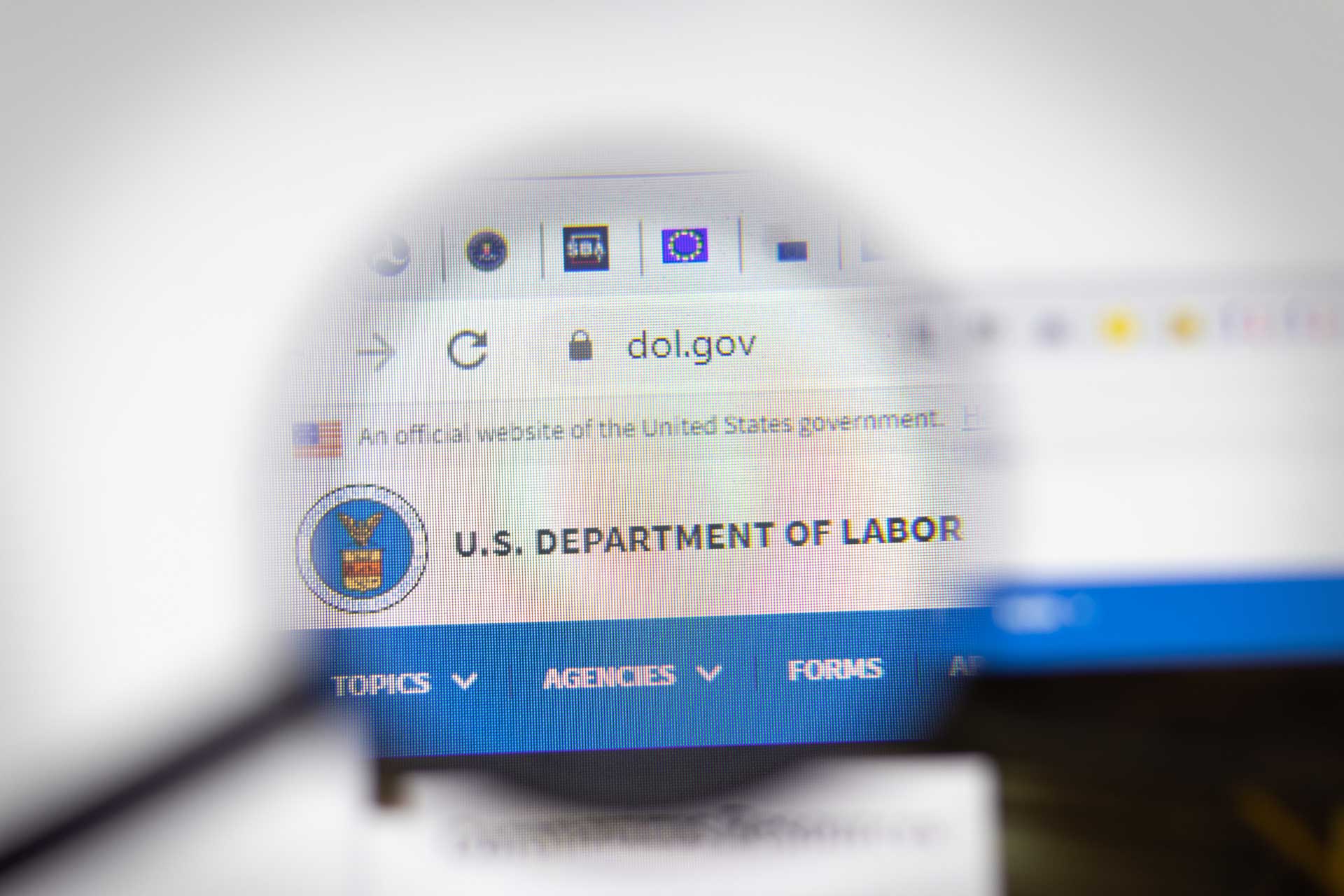
Since COVID-19 entered our lives and disrupted our normal protocols, reassessing workplace safety has been on every employer’s mind, especially within hands-on industries like construction work. Below we’ll review a timeline of important statewide legal action that impacts you, your employees, and the future of your company.
In response to the pandemic, the New York Health and Essential Rights Act (NY HERO Act) was signed into law on May 5, 2021.
The HERO Act mandates extensive new workplace health and safety protections. The goal? To protect employees against exposure and disease during a future airborne infectious disease outbreak.
On September 6, 2021, Governor Kathy Hochul announced the designation of COVID-19 as an airborne infectious disease under the HERO Act.
This designation requires all employers to implement workplace safety plans. Under this new law, the New York State Department of Labor (NYS DOL), in consultation with the NYS Department of Health, has developed a new Airborne Infectious Disease Exposure Prevention Standard, a Model Airborne Infectious Disease Exposure Prevention Plan, and various industry-specific model plans for the prevention of airborne infectious disease.
On September 23, 2021, the DOL updated its Model Airborne Infectious Disease Exposure Prevention Plan.
The most notable change to the Model Plan is the loosening of face-covering requirements for employees in workplaces where all individuals on the premises are vaccinated. The Model Plan states that for workplaces where all individuals on the premises are fully vaccinated, appropriate face coverings are recommended, but not required, consistent with State Department of Health and the Centers for Disease Control and Prevention applicable guidance, as of September 16, 2021. The model plan also revised the language on physical distancing to read, “Physical distancing will be used, to the extent feasible, as advised by guidance from State Department of Health or the Centers for Disease Control and Prevention, as applicable.”
While you likely already have your plan established and distributed (or face hefty financial fines) employers should continue to review/update safety plans, and conduct employee training.
It’s also important to note that a second section of the HERO Act, effective November 1, 2021, allows employees to form a joint labor-management workplace safety committee.
The committee must be comprised of both employer and employee designees, with at least two-thirds nonsupervisory employees who are chosen by nonsupervisory employees. The Act authorizes committees to:
- Raise health and safety concerns, to which employers must respond
- Review health and safety policies enacted in response to laws, executive orders, or guidance
- Participate in government workplace site visits
- Review employer-filed reports related to workplace health and safety
- Meet quarterly during working hours for up to two hours
- Allow committee members to attend a training, not to exceed four hours, on occupational health and safety and the function of worker safety committees
THE DOL will likely publish future guidance on how to best communicate this information to employees. The DOL’s HERO Act web page provides links to model safety plans and other construction site-specific information. As a best practice, we advise all union employers to preemptively check their collective bargaining agreements to see if the safety committee requirements conflict, as the terms of the committees will most likely be subject to bargaining.
Thinking of not complying? Think again.
Employers may be subject to daily penalties between $50.00 and $10,000.00 for failure to comply with the NY HERO Act requirements. In summary, change and updates are the norm in the current climate we find ourselves in. Employers must be aware of changing rules and regulations as they pop up in real time. Additionally, as supply chain delays and material shortages persist through the fall and winter months, it’s a good idea to obtain and properly store personal protective equipment and other exposure controls in preparation for future infectious disease outbreaks. Don’t hesitate to act. This plan can be implemented with expert guidance. If you have question, please feel free to contact our dedicated RBT team who specialize in assisting construction client needs.
